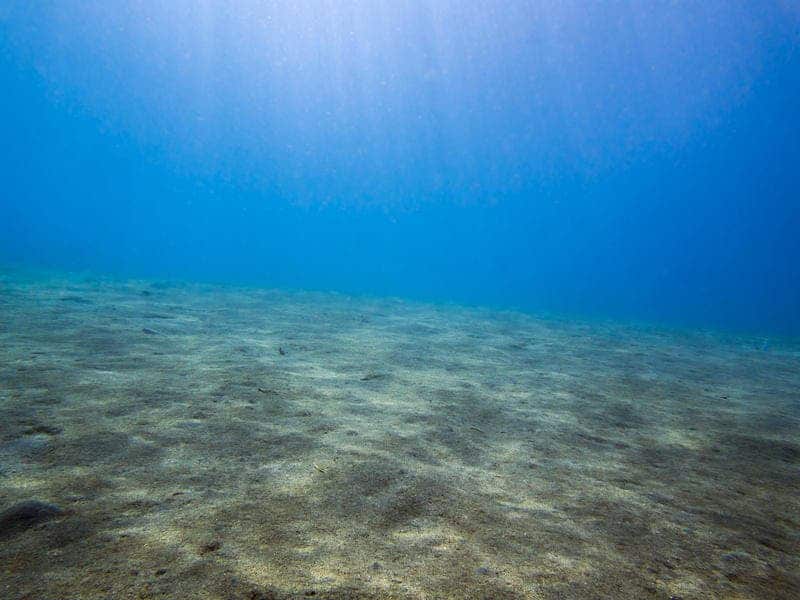Scientists have found huge reserves of freshwater in a totally unexpected area: several kilometers offshore, beneath the oceans. This new discovery has the potential to avert or at least minimize the effects of the almost certain water crisis some areas of the world will be facing in future years.

A new study published in Nature reveals that an estimated half a million cubic kilometers of low-salinity water are buried beneath the seabed on continental shelves all around the world. The water has been located off Australia, China, North America and South Africa, but it’s very likely that the same can be found in many more areas throughout the world.
“The volume of this water resource is a hundred times greater than the amount we’ve extracted from the Earth’s sub-surface in the past century since 1900,” says lead author Dr Vincent Post (pictured) of the National Centre for Groundwater Research and Training (NCGRT) and the School of the Environment at Flinders University.
“Knowing about these reserves is great news because this volume of water could sustain some regions for decades.”
Geologists have known for some time that freshwater can be found under the seafloor, but they thought that it only occurred under rare and special conditions.
“Our research shows that fresh and brackish aquifers below the seabed are actually quite a common phenomenon,” he says.
These reserves were formed several thousands of years ago (or perhaps even more), when the sea levels were much lower than today and the coastline was further out. Dr. Post explains:
“So when it rained, the water would infiltrate into the ground and fill up the water table in areas that are nowadays under the sea. “It happened all around the world, and when the sea level rose when ice caps started melting some 20,000 years ago, these areas were covered by the ocean. “Many aquifers were — and are still — protected from seawater by layers of clay and sediment that sit on top of them.”
An aquifer is an underground layer of water-bearing permeable rock or unconsolidated materials (gravel, sand, or silt) from which groundwater can be extracted using a water well. Basically, underground aquifers contain water and are isolated from what’s surrounding them by impermeable layers – usually clay.
While offshore drilling can be very costly, many areas of the world are overconsuming water, and, inevitably, the water reserves will start running low. As the resource is becoming scarcer and scarcer, at one point, it may likely become feasible to extract this type of water.
“Freshwater on our planet is increasingly under stress and strain so the discovery of significant new stores off the coast is very exciting. It means that more options can be considered to help reduce the impact of droughts and continental water shortages.
Journal Reference:
- Vincent E.A. Post, Jacobus Groen, Henk Kooi, Mark Person, Shemin Ge, W. Mike Edmunds. Offshore fresh groundwater reserves as a global phenomenon. Nature, 2013; 504 (7478): 71 DOI: 10.1038/nature12858
Was this helpful?



